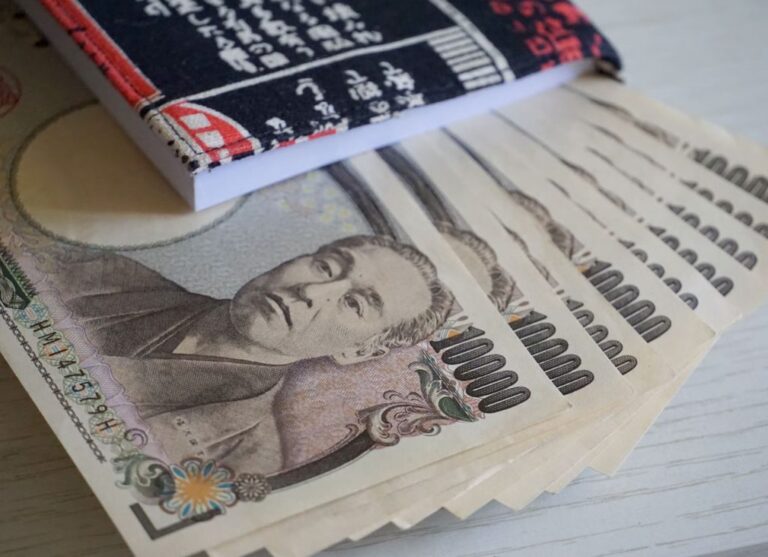
Morning Brief – Is the Rand’s decline isolated?
Is the Rand’s decline isolated?
The South African Rand’s sizeable decline over recent trading sessions has spooked markets. During the peak of the sell off, beginning on Tuesday of last week and lasting into Friday’s trading session, the decline in the Rand appeared to spill over into some other emerging markets. With USD/ZAR trading close to 19.50 at its peak on Friday, the realisation of a significant emerging market Dollar cross reaching its highest level on record sparked concern of potential emerging market FX contagion. There is no doubt that the Rand finds itself in a challenging and discounted position, however, it seems unlikely a wider market contagion will ensue.
The weakness in SA currency and debt valuations has been so severe that the move does have a noticeable impact on the wider emerging market basket. The defensive action taken to escape declining prices in South African assets often leads to a reallocation into lower risk assets, particularly those denominated in USD. The flow in markets turns defensive which can lead to a de-risking of emerging market portfolios more generally, not just within the affected geography. However, particularly within the ultra-high-yielding emerging market space, noticeably Mexico and Brazil, the appeal of high interest rates has allowed currencies to remain buoyant. So far, a reallocation to alternative emerging markets appeared to have taken precedence over a sell-off into safe havens. This has helped prevent a wider EM contagion.
The ability for these high yielding emerging market currencies to continue to attract demand is still heavily influenced by US policy making. Given the impending debt ceiling, economic as well as monetary policy expectations and realisations are having significant influence over the demand for emerging market assets. Provided that policy and data continue to allow for a softer US Dollar than that seen in the latter half of 2022 and early 2023, the underperformance in selected emerging currencies should remain isolated to specific geographies and not drag down the entire asset classification.
At present, the fear of sanctions and wider potential economic endangerment to South Africa as a result of its alleged trade in arms with Russia is undermining confidence in local assets. Due to the rapid decline in the Rand last week, there was evidence of some profit taking at market open on Monday despite a stronger Dollar environment being sustained. Eskom continues to undermine confidence in the South African economy as the southern hemisphere country enters its winter with a higher demand on energy and USD denominated energy commodity imports.
Discussion and Analysis by Charles Porter

Related Insights

Morning Brief – Japanese Yen
Japanese Yen With JPY at a new 34 year low versus EUR, the market is set for an ambush by the Bank of Japan if it acts today at the end of their Policy Meeting to support the Yen. The reason that the market is susceptible is because it has convinced itself that the BoJ […]

Morning Brief – Coalition
Coalition This briefing is about South Africa and the Rand, which frequently proves to be one of the more divisive subjects within our roster of currencies. In particular, with the election looming, this will be about South African governance. Not from a political or human perspective about what may be the best long term outcome […]

Morning Brief – US Tariffs on Chinese Imports
US Tariffs on Chinese Imports Recently we wrote about how Mexico has become the Number One trade partner for the USA. It now transpires that Mexico may have had what is known as a little assist with their numbers: the statistics for the number of 20 foot shipping containers for the first three Quarters of […]



 Humphrey Percy
Humphrey Percy